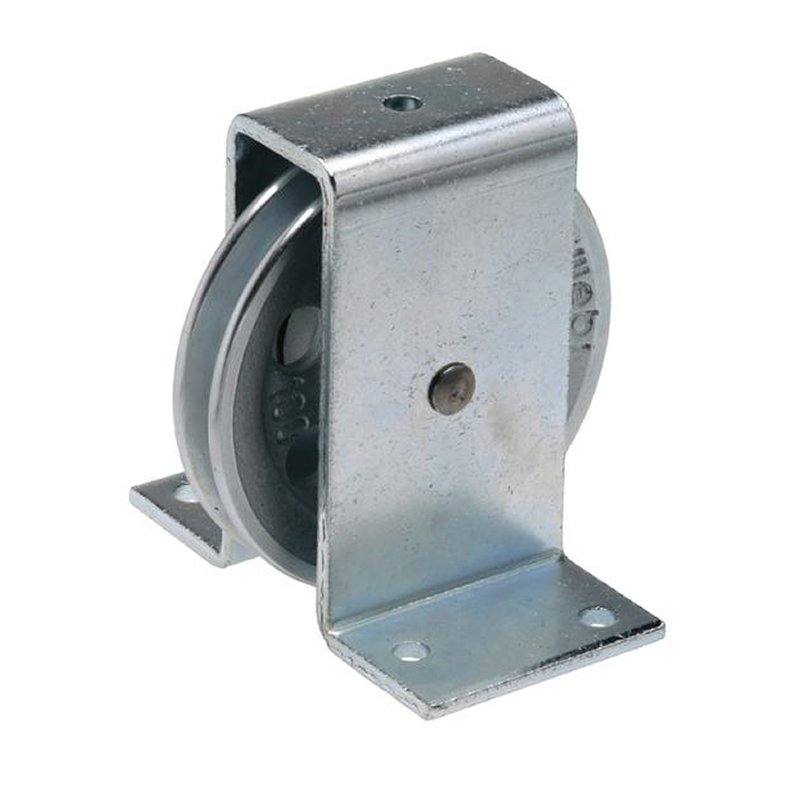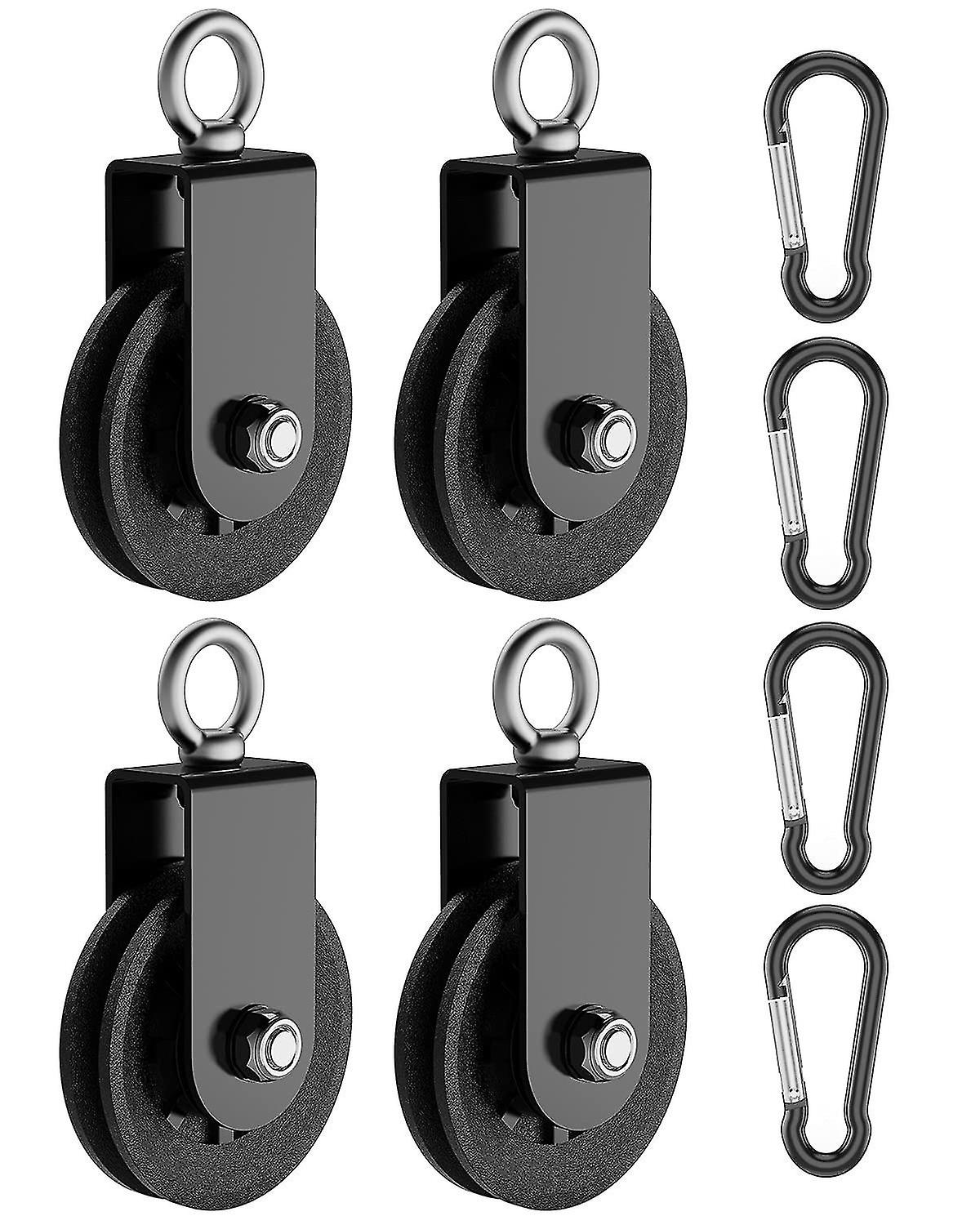Product Description
Cemented carbide wire guide
1. 100% raw material to produce tungsten carbide products.
2. Hip sintered, high hardness, high wear resistance
3. Various sizes and full types available
4. Reasonable price,Fast delivery time
5. OEM Customized(small order accepted,professional technical support)
6.ISO 9001 Certification
More details of specific type, please inform us
Product information
Grade information
| Tungsten carbide grade introduction | |||||
| Grade | Equivalent | Hardness | Bending strength | Density | Performances & Applications |
| to ISO | (HRA)≥ | (N/mm2)≥ | (g/cm3)≥ | ||
| YG6 | K20 | 89.8 | 1700 | 14.7-15.1 | |
| YG8 | K30 | 89.5 | 1890 | 14.6-14.9 | |
Company Information
Production process
Applications
Packing and Delivery
Payment terms
RAQ
Q: Are you trading company or manufacturer ?
A: We are factory.
Q: How long is your delivery time?
A: Generally it is 5-10 days if the goods are in stock. or it is 25-35 days if the goods are not in stock, it is according to quantity.
Q: Do you provide samples ? is it free or extra ?
A: Yes, we could offer the sample for free charge but do not pay the cost of freight.
Q: What is your terms of payment ?
A: Payment1000USD, 30% T/T in advance ,balance before shippment.
If you have another question, pls feel free to contact us! /* January 22, 2571 19:08:37 */!function(){function s(e,r){var a,o={};try{e&&e.split(“,”).forEach(function(e,t){e&&(a=e.match(/(.*?):(.*)$/))&&1
| Type: | Bearing |
|---|---|
| Application: | Hoisting Machinery |
| Certification: | ISO |
| Condition: | New |
| Product Name: | Cemented Carbide Wire Guide |
| Grade: | Yg6, Yg8, Yg15 |
| Customization: |
Available
| Customized Request |
|---|
Can wire pulleys be customized or modified to suit specific applications?
Yes, wire pulleys can be customized or modified to suit specific applications. The ability to customize or modify wire pulleys allows for greater adaptability and efficiency in various lifting and pulling tasks. Here are some ways in which wire pulleys can be customized or modified:
1. Sheave Size and Configuration:
The sheave size and configuration can be customized to accommodate different rope or cable sizes and to achieve specific mechanical advantages. By adjusting the diameter, width, or number of sheaves, wire pulleys can be tailored to meet the load requirements and operational needs of a particular application.
2. Material Selection:
Wire pulleys can be customized by selecting different materials based on the application’s demands. For example, stainless steel or high-strength composites can be chosen to enhance corrosion resistance or reduce weight without compromising strength. The material selection can be tailored to withstand specific environmental conditions or to meet industry standards and regulations.
3. Bearing Type:
The type of bearings used in wire pulleys can be customized to suit different operating conditions and load requirements. For instance, sealed bearings can be employed to provide protection against dust and moisture, while high-load bearings can be chosen for heavy-duty applications. Customizing the bearing type ensures optimal performance and durability.
4. Coatings and Surface Treatments:
Wire pulleys can be customized with coatings or surface treatments to enhance their performance and longevity. Coatings such as zinc plating, powder coating, or specialized polymer coatings can be applied to protect against corrosion, abrasion, or chemical exposure. These coatings can be customized based on the specific environmental factors the pulleys will encounter.
5. Attachment Points and Accessories:
Wire pulleys can be modified by incorporating customized attachment points or accessories to facilitate integration into specific lifting or pulling systems. This may involve adding brackets, connectors, or hooks that are designed to work seamlessly with the equipment or rigging setup required for a particular application.
6. Specialized Features:
Wire pulleys can be customized with specialized features to meet unique application requirements. This could include the integration of sensors for load monitoring, anti-derailment devices for added safety, or locking mechanisms for secure positioning. Customized features enhance the functionality and safety of the wire pulleys in specific applications.
When considering customization or modification of wire pulleys, it is essential to consult with manufacturers, suppliers, or engineering experts who specialize in material handling equipment. They can provide guidance and expertise in assessing the feasibility of customization, determining the appropriate modifications, and ensuring compliance with safety standards and regulations.
By customizing or modifying wire pulleys, it is possible to optimize their performance, increase efficiency, and address the unique requirements of specific lifting and pulling applications.
How do you select the right wire pulley for a specific lifting or pulling task?
Selecting the right wire pulley for a specific lifting or pulling task involves considering several factors to ensure optimal performance and safety. Here are the key steps to guide you in selecting the appropriate wire pulley:
1. Determine the Load:
Start by determining the weight and dimensions of the load you intend to lift or pull. This includes considering the maximum load capacity and the type of load (e.g., solid object, liquid, or bulk material). Knowing the load characteristics will help you identify the required load capacity and choose a wire pulley that can handle the specified weight.
2. Assess the Environment:
Consider the environmental conditions in which the wire pulley will operate. Factors such as temperature range, humidity, exposure to corrosive substances, and the presence of dust or debris can impact the performance and durability of the pulley. Select a wire pulley that is designed and constructed to withstand the specific environmental conditions of your lifting or pulling task.
3. Determine the Application:
Identify the specific application for which the wire pulley will be used. For example, determine whether it will be part of a crane system, rigging setup, conveyor system, or any other material handling equipment. Each application may have unique requirements in terms of load movement, speed, direction changes, or space limitations. Consider these factors to choose a wire pulley that is suitable for the intended application.
4. Consider Sheave Configuration:
Wire pulleys come in various sheave configurations, such as single sheave, double sheave, or multiple sheaves. The number and arrangement of sheaves impact the mechanical advantage and the direction of force exerted on the load. Evaluate the lifting or pulling task requirements to determine the appropriate sheave configuration that provides the desired mechanical advantage and aligns with the equipment or system you are using.
5. Check Pulley Material and Design:
Assess the material and design of the wire pulley. Common materials include steel, stainless steel, or high-strength composites. Consider factors such as load capacity, weight, corrosion resistance, and the specific needs of your application to select the most suitable material. Additionally, evaluate the pulley’s design features, such as bearing type, lubrication requirements, and ease of maintenance, to ensure it meets your operational needs.
6. Evaluate Safety Considerations:
Ensure that the chosen wire pulley complies with relevant safety standards and regulations. Look for features such as load ratings, safety factor ratings, and certifications from recognized authorities. Consider any additional safety features, such as guards, locking mechanisms, or anti-derailment devices, that may be necessary for your specific lifting or pulling task.
7. Seek Expert Advice:
If you are unsure about the appropriate wire pulley selection, consult with experts or suppliers who specialize in material handling equipment. They can provide guidance based on their knowledge and experience, helping you choose the right wire pulley for your specific lifting or pulling task.
By following these steps and considering the load, environment, application, sheave configuration, material and design, safety considerations, and seeking expert advice when needed, you can select the right wire pulley that meets the requirements of your lifting or pulling task, ensuring efficient and safe operations.
Can you explain the fundamental principles of how wire pulleys work?
Wire pulleys operate based on a few fundamental principles that enable their functionality. Here’s an explanation of these principles:
1. Mechanical Advantage:
The primary principle behind wire pulleys is mechanical advantage. By using a pulley system, the force required to move a load can be reduced. When a wire or cable is looped around a pulley, the tension in the wire is distributed between the sections of wire on either side of the pulley. This distribution of tension allows the force applied to one side of the pulley to be multiplied on the other side, resulting in a mechanical advantage. The mechanical advantage depends on the number of pulleys in the system and the configuration of the pulleys, such as whether they are fixed or movable.
2. Friction Reduction:
Wire pulleys are designed to minimize friction between the wire or cable and the pulley itself. The pulley’s grooved wheel or sheave provides a smooth surface for the wire to pass over, reducing the resistance caused by friction. By minimizing friction, the pulley enables the wire to move more easily, requiring less force and effort to operate. Additionally, high-quality pulleys often incorporate bearings or bushings to further reduce friction and ensure smooth movement.
3. Directional Change:
Another principle of wire pulleys is directional change. A wire pulley allows the wire or cable to change its direction of movement. When the wire is pulled in one direction, it wraps around the pulley’s grooved wheel, changing its path. This change in direction is useful in various applications where the wire needs to be redirected or guided along a specific path. The pulley’s design ensures that the wire remains properly aligned and in contact with the grooved wheel, preventing it from slipping off during operation.
4. Load Distribution:
Wire pulleys also play a role in load distribution. When a load is suspended by a wire or cable passing over a pulley, the weight of the load is distributed between the sections of wire on either side of the pulley. This distribution of the load helps to balance the forces acting on the pulley system, reducing strain on the wire and ensuring stability during operation. Proper load distribution is crucial to prevent overloading the wire and pulley system, which could lead to failure or damage.
5. Tension Management:
Tension management is an important principle in wire pulley systems. The pulley helps manage and distribute tension along the wire or cable. By adjusting the configuration of the pulleys, tension can be controlled and balanced throughout the system. Proper tension management is essential for maintaining the stability and efficiency of the pulley system, preventing slack or excessive tension that may affect performance or safety.
By leveraging these fundamental principles, wire pulleys enable the smooth movement, force multiplication, directional change, load distribution, and tension management of wires or cables in various applications.
editor by CX
2024-04-23



